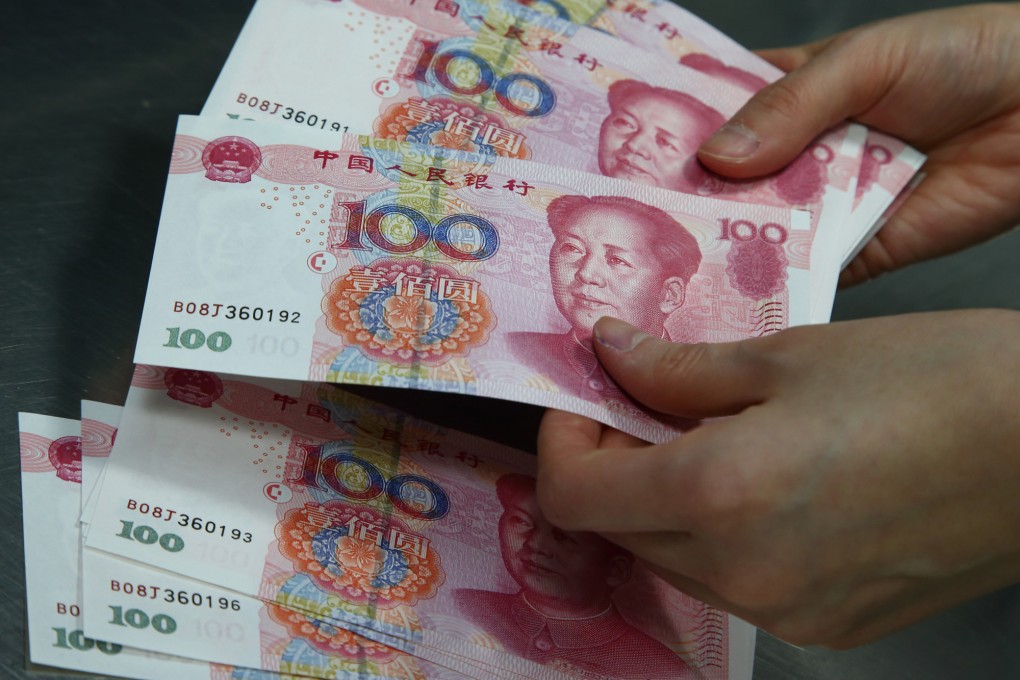Yuan still rising based on real effective exchange rate, ministry says
Ministry official says recent fluctuations are normal in the face of exchange rate reform

Despite the yuan's depreciation against the US dollar in recent weeks, its real effective exchange rate - more closely linked to the trade situation - remained on the rise, Commerce Ministry spokesman Shen Danyang said.

A currency's real effective exchange rate is used to measure international price and cost competitiveness, as adjusted for the effects of inflation.
The yuan's onshore spot rate against the dollar has weakened more than 2 per cent this year after rising 2.9 per cent last year.
On Monday, the People's Bank of China doubled the yuan's daily trading band, allowing the exchange rate to rise or fall by up to 2 per cent from a daily midpoint.
Some observers have speculated that the authorities weakened the yuan to boost export competitiveness. Exports fell 1.6 per cent year on year in the first two months of this year, dropping 18.1 per cent last month in the steepest fall since the global financial crisis after jumping 10.6 per cent in January.